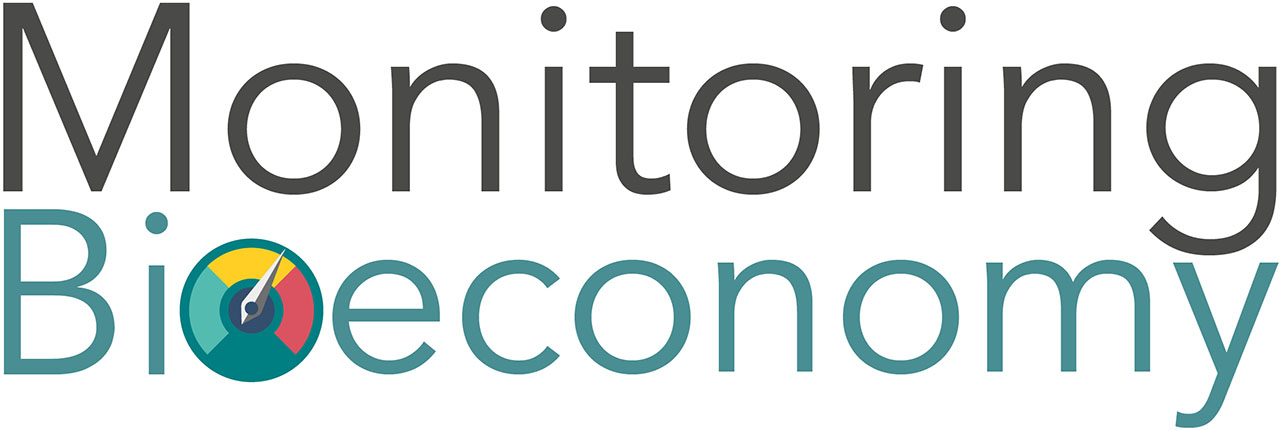The material footprint of the German bioeconomy shows the mass of agricultural resources that are taken from nature globally to satisfy final demand in Germany. Instead of the weight of processed goods (like chocolate), the material footprint takes the mass of primary resources (like cocoa beans) into account, that have been harvested to facilitate the production of these goods. Meat and dairy products are not directly part of the material footprint but are considered with the mass of fodder crops that fed the livestock. The material footprint also recognizes the mass of wild catch (game and fish) but does not include forestry biomass (timber flows are instead included in a separate category of forest footprints).
The material footprint of the bioeconomy, on this webpage also commonly labelled as agri-material footprint, as well as the timber footprint are components of the total material footprint. This overarching material flow indicator, that inter alia serves for evaluating the achievement of objectives of the German sustainability strategy, also considers fossils, non-metallic minerals and ores. Material footprint (MF) and raw material consumption (RMC) are synonyms.
The agriculture material footprint is strongly connected to the land use for these products (see agricultural footprint). Beyond the land related topics such as biodiversity threats, the agriculture material footprint itself is a significant indicator of pressures related to overconsumption. For example, if Germany is a considerable net importer (footprint > domestic harvest) of agricultural biomass, this should raise alarms in light of the persistent hunger crisis in many parts of the world.
By using a global multi-regional Input-/Output (MRIO) database, the assessment of the agri-material footprint follows respective guidelines by the OECD and UNEP. A MRIO database shows how production processes, environmental impacts and consumption patterns are interlinked via global supply chains. So far material footprint calculations in SYMOBIO have been based on EXIOBASE, an international and well-established MRIO database for applications of this kind.
In a first step of the calculation, it is determined by means of an input-output approach how much (differentiated for 15 crop types) and where (differentiated for 49 countries/regions of the world) agricultural production occurs to satisfy the needs of consumers in Germany. This calculation accounts for all goods and services that have been used directly and indirectly along the global value chains. In a second step of the calculation these results for the production in monetary terms are translated to the biomass that has been extracted (harvested). The conversion factors to execute this transformation are also reported in the EXIOBASE database.






